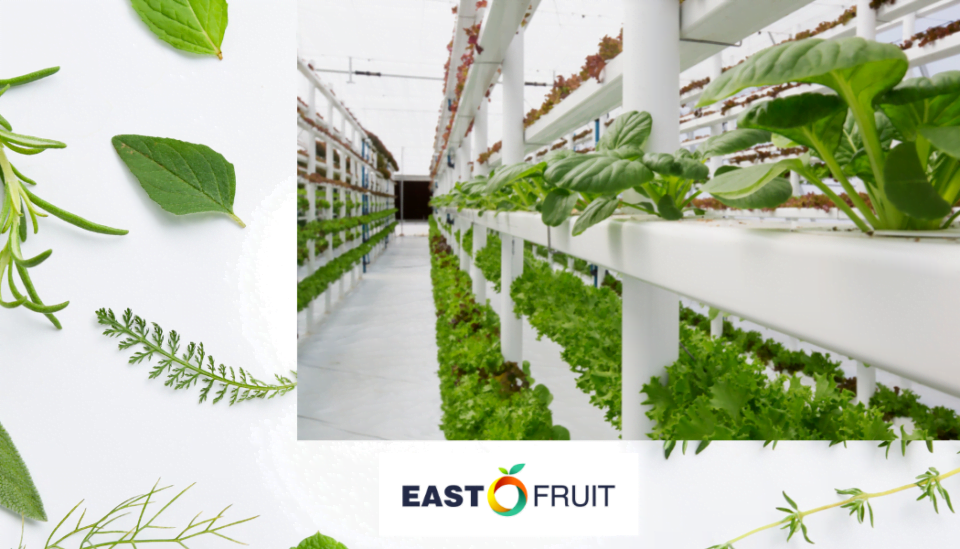A couple of years ago, I wrote a rather futuristic blog that doesn’t seem as unrealistic today as it did back then. All this already exists on a commercial scale. Today I would like to tell you about the developments in the segment of culinary and aromatic herbs, which is one of the most important for the countries where our projects operate. After all, both Georgia and Uzbekistan export huge volumes.
Russia imports about 50 000 tonnes of culinary and aromatic herbs per year worth more than $50 million. Uzbekistan is the largest supplier to Russia, and Georgia is one of the largest. What is the future of the culinary and aromatic herbs growing and export business, and what does vertical farming have to do with it?
We, the FAO and EBRD, are launching a project dedicated to the newest technological innovations in the production, processing, logistics and marketing of vegetables, fruits, berries and nuts.
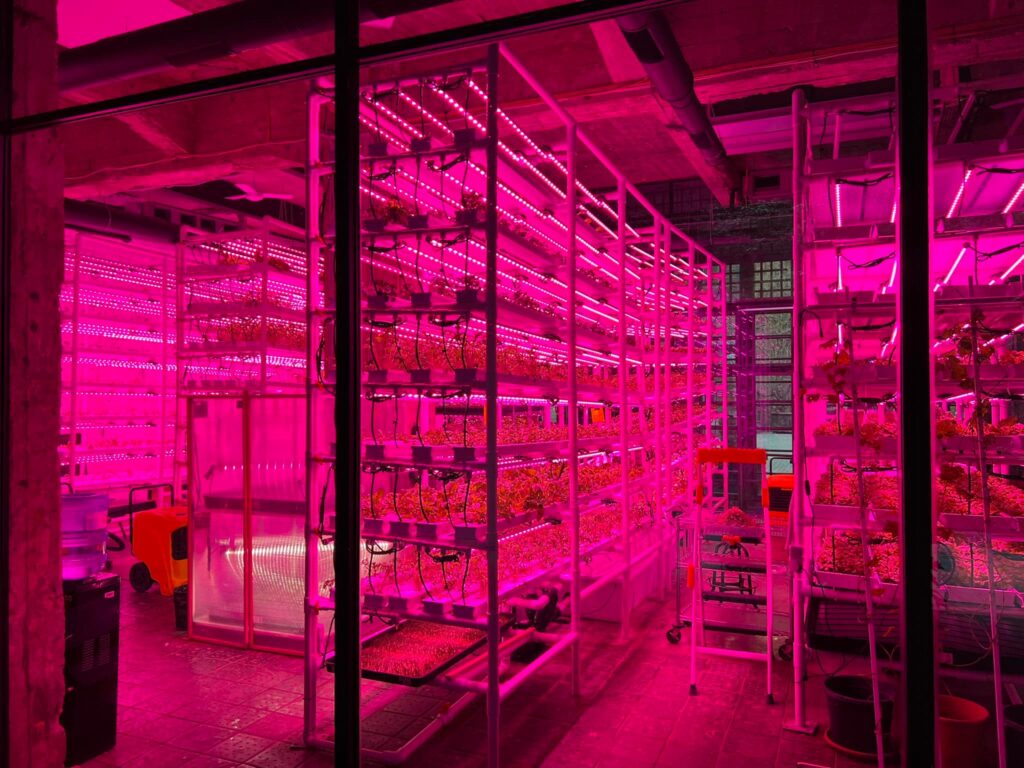
We will pay attention only to real technological breakthroughs, which will significantly reduce the risks in the produce business, while resolving the urgent issues for the industry, such as reducing the negative impact on the environment, increasing efficiency and a sharp reduction in production costs, a reduction in product losses, fossil energy sources used and manual labor costs, an increase in product quality, etc.
One of the most advanced and trending technologies are vertical farms. We are well aware that there is a lot of fuss around this trend now. However, the industry is already attracting tens of billions of investments, which means that the world is actively looking for solutions to problems. Therefore, the EastFruit international team also started studying the situation in our region. As for the global experience, we have been studying it for quite a long time.
I already see at least one business format of vertical farms, which is absolutely economically viable today in our region!
This is a format for growing culinary and aromatic herbs right in a good restaurant or in its back room. After all, it is well known that the cost of products is not a key cost element for a restaurant. At the same time, given increasing competition among restaurants, the quality of products can become the main advantage.
I tasted salads at the Café Stamba restaurant in the very center of old Tbilisi, which has its own vertical farm. Culinary herbs were cut just a few minutes before serving. And they were really tasty! In addition, this vertical farm grows a huge range of culinary herbs that cannot be bought on the market, because no one else grows them. With the help of chefs, producers have found the most flavorful herbs for their recipes, and these experiments can go on. It’s incredibly convenient and very effective. Well, the zero use of pesticides cannot fail to impress those who care for their health.
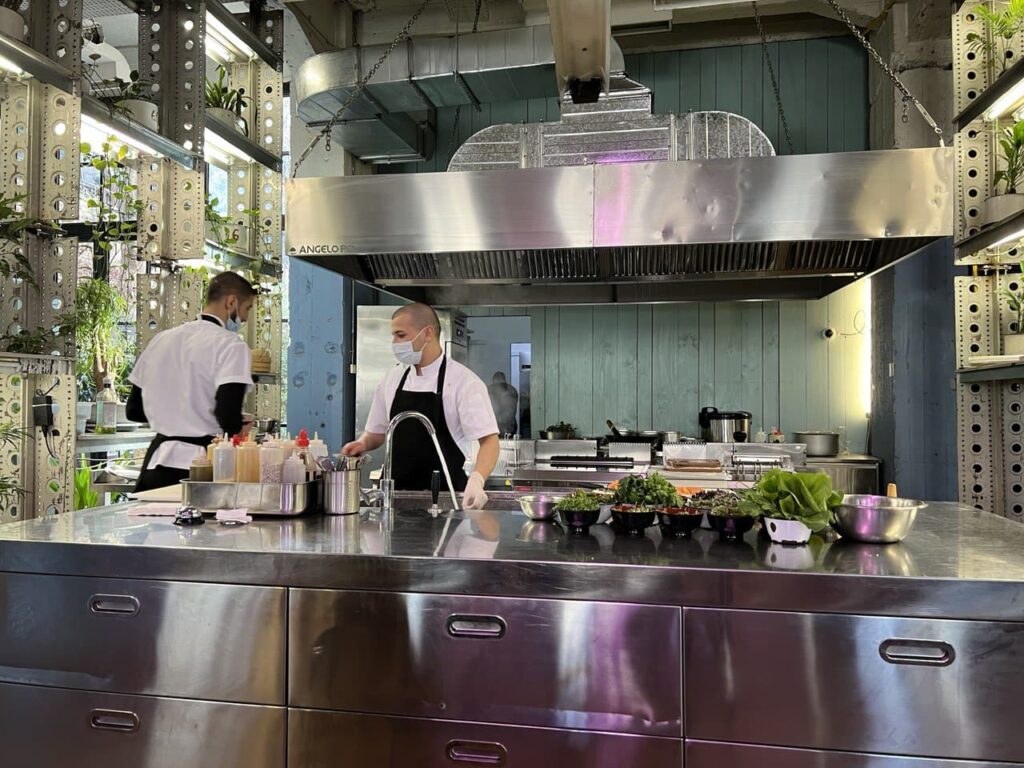
The second unexpected aspect is that vertical farm is very beautiful! This is an excellent interior decoration, and many people come to Stamba to take pictures of the purple-pink farm with herbs.
Other restaurants in Georgia are interested in purchasing such compact solutions for their own purposes. Tusya Garibashvili, the founder of the Georgian company Space Farms, has already developed a prototype of an automated vertical farm for restaurants and supermarkets, where, according to her, up to 25 kg of culinary and aromatic herbs per month can be harvested on 2 square meters.
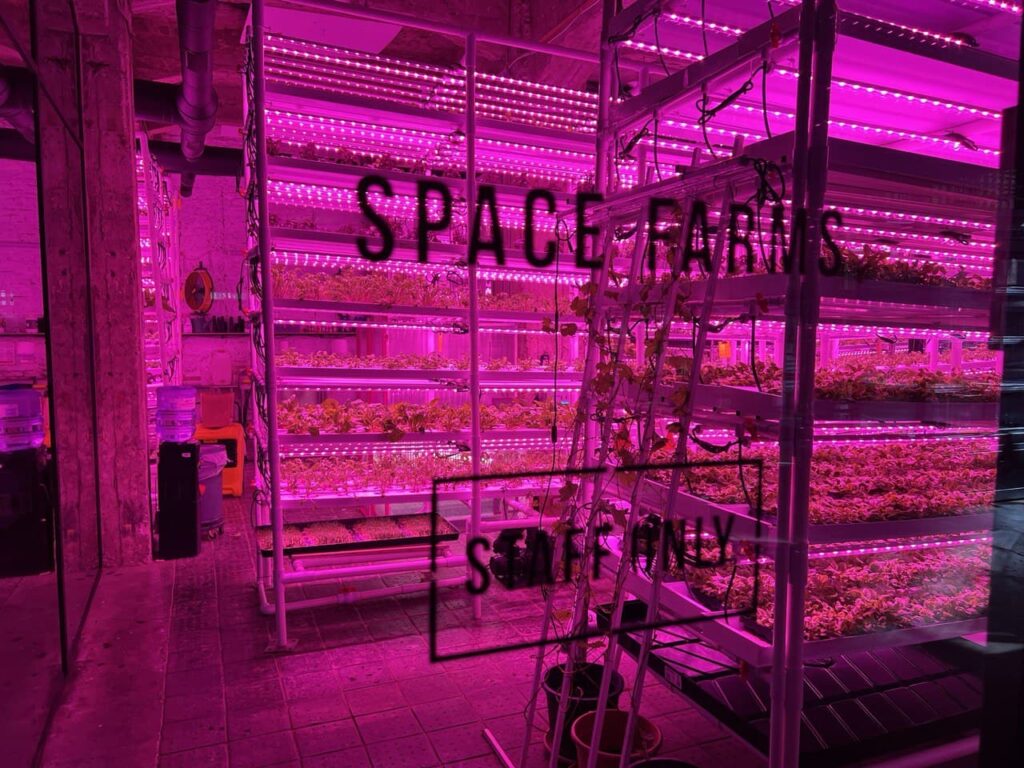
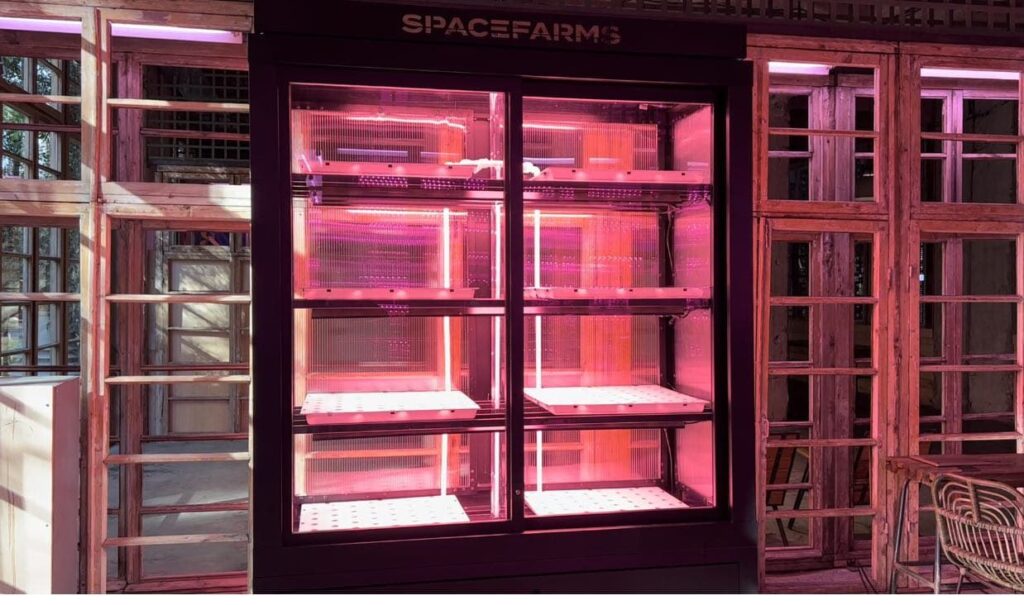
Of course, this is only the beginning and the first steps. We know that many supermarket chains are working on their own projects of vertical farms for placement both in sales areas and on facades or investing in partner projects (read the article about the $400 million investment of the world’s largest supermarket chain Walmart in Plenty), realizing that culinary and aromatic herbs grown nearby will always be fresher and tastier than those brought hundreds or thousands of kilometers away. In addition, do not forget about the “carbon footprint” that such transportation leaves. Demonstrating a reduction in the cost of transporting products and a reduction in harmful emissions is now the most important task for every retailer worldwide, including supermarkets in our region. This opens up access to many sources of concessional financing, which is an important advantage for the development of the retail business.
Have you noticed another interesting trend? Many large fruit and vegetable companies are starting to abandon air transportation! Let me remind you that culinary and aromatic herbs are usually only transported in this way, as they are an expensive and perishable product. This means that in the next five years, the export of herbs will sharply decline. If we add the development of vertical farms, which will accustom the consumer to much tastier culinary herbs and a wide range of them, in my opinion, it is time to say farewell to the international trade in fresh herbs.
As confirmation of my words, the international trade in culinary and aromatic herbs has already begun to decline. I think that 2021 will be the fourth year in a row when culinary and aromatic herbs exports, even in value terms, are falling. This means that Uzbekistan and Georgia should start looking for other opportunities, as the trend for the development of vertical farms in Russia is also present and gaining momentum.
In conclusion, I want to say that the largest exporters of culinary and aromatic herbs in the world are Italy, the Netherlands, China, Ethiopia and Mexico. Among the countries of our region, Uzbekistan is among the twenty largest global exporters. On a global scale, the international trade in culinary and aromatic is a $3 billion business. It is possible that the volume of such trade will be minimal in 10 years.
The use of the site materials is free if there is a direct and open for search engines hyperlink to a specific publication of the East-Fruit.com website.




